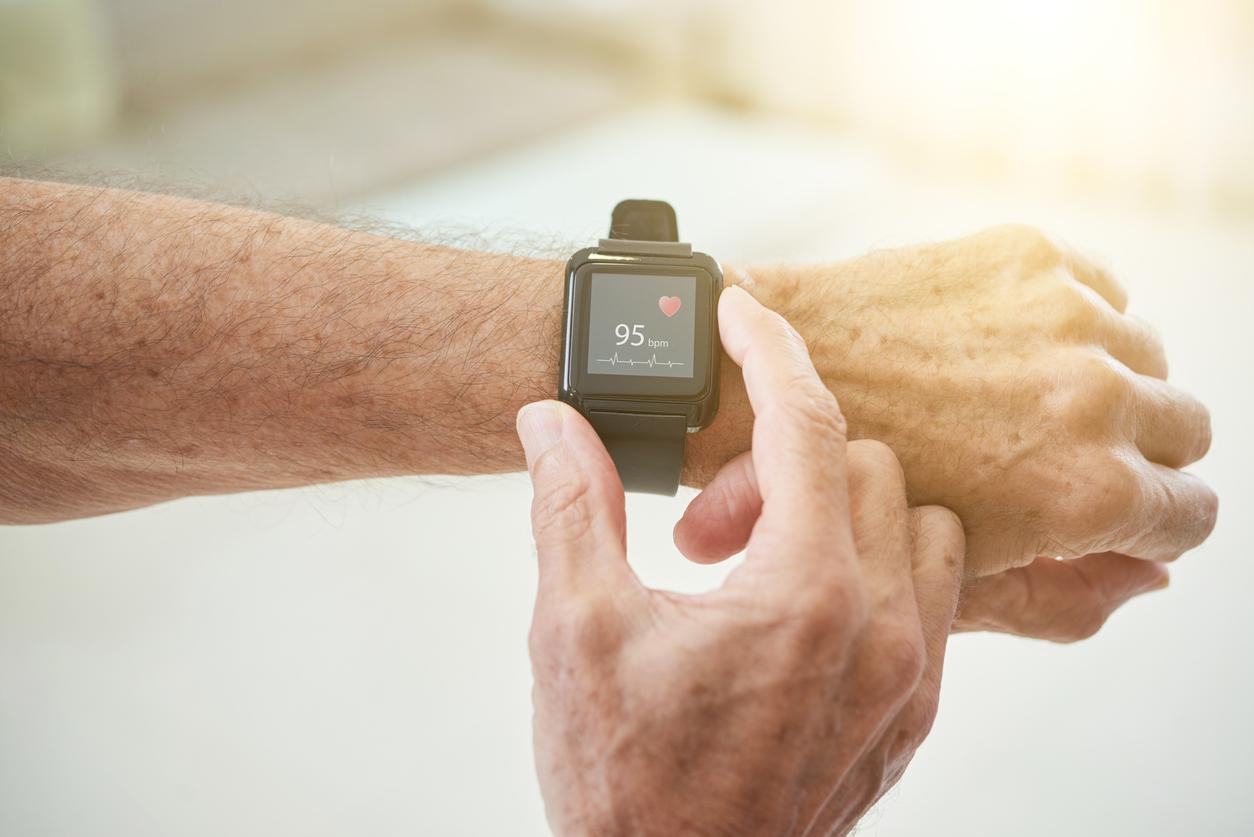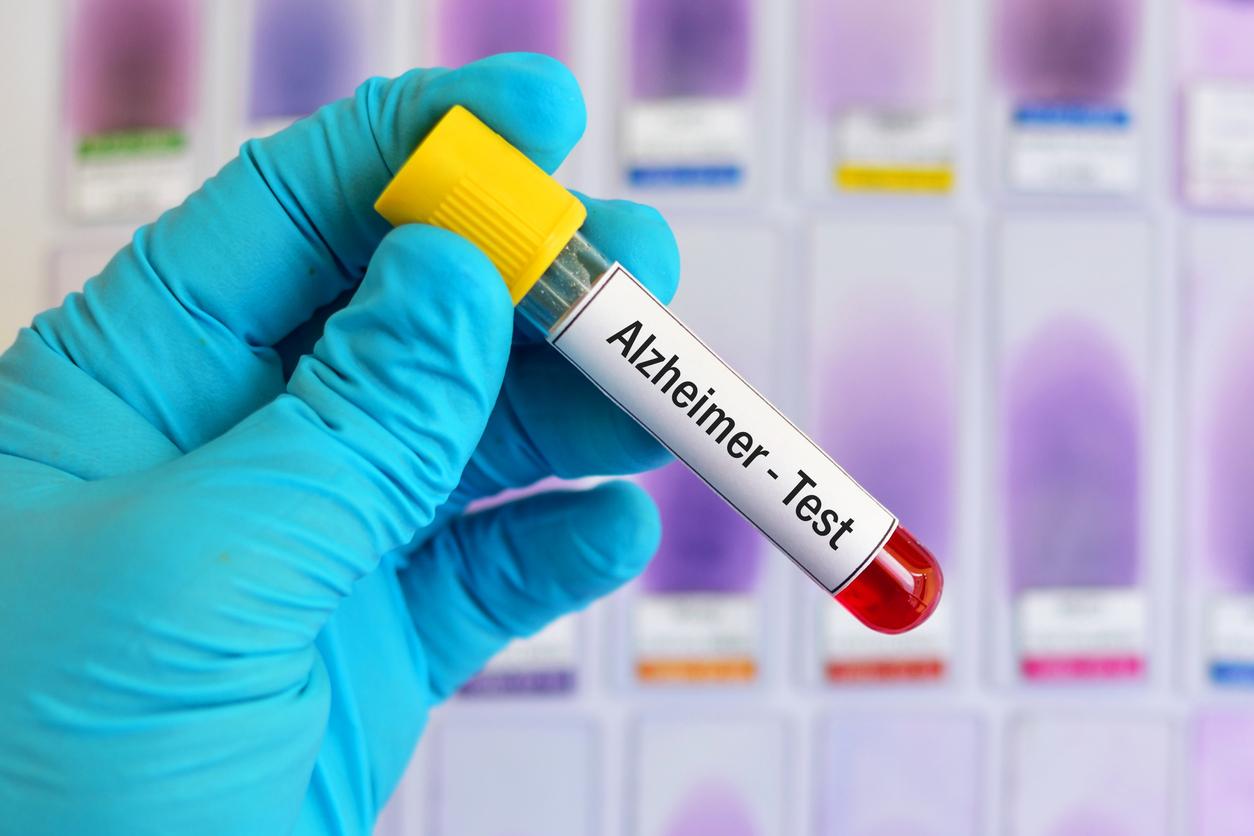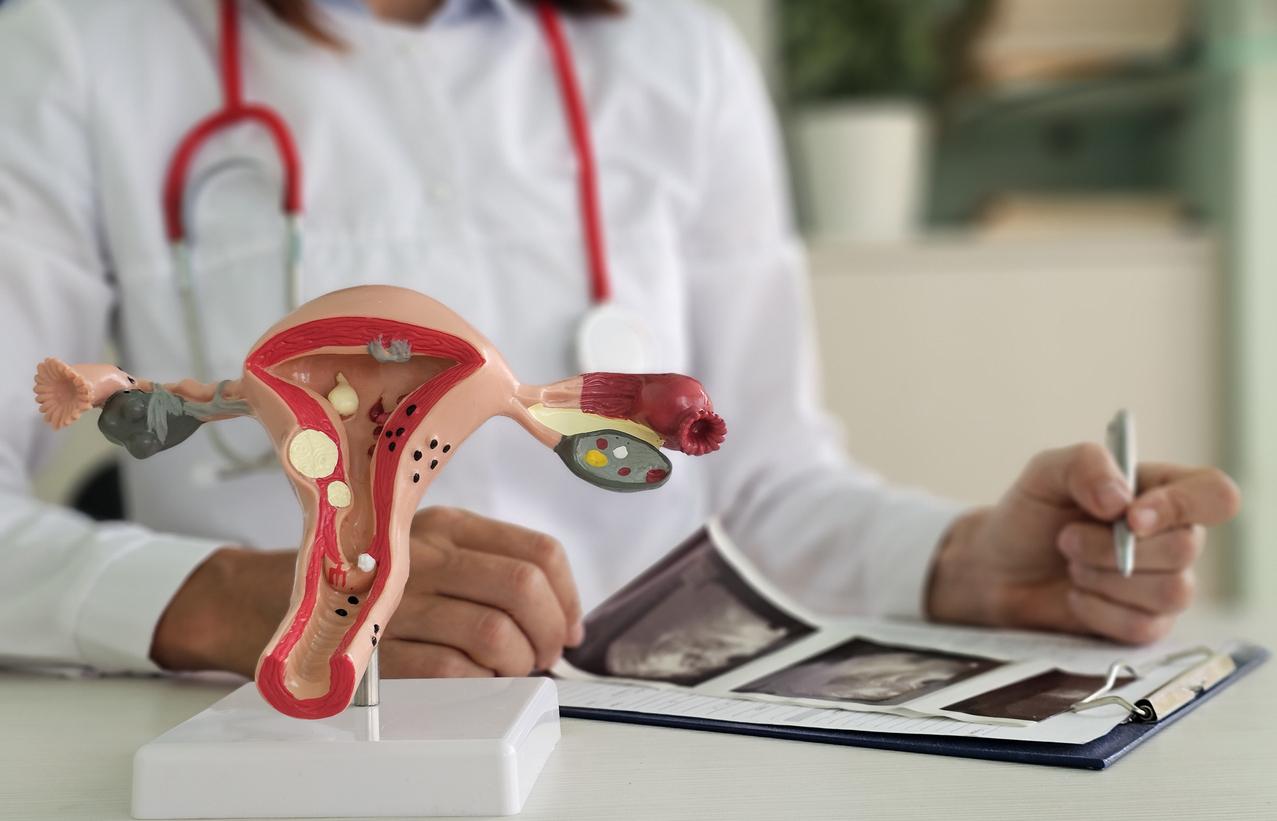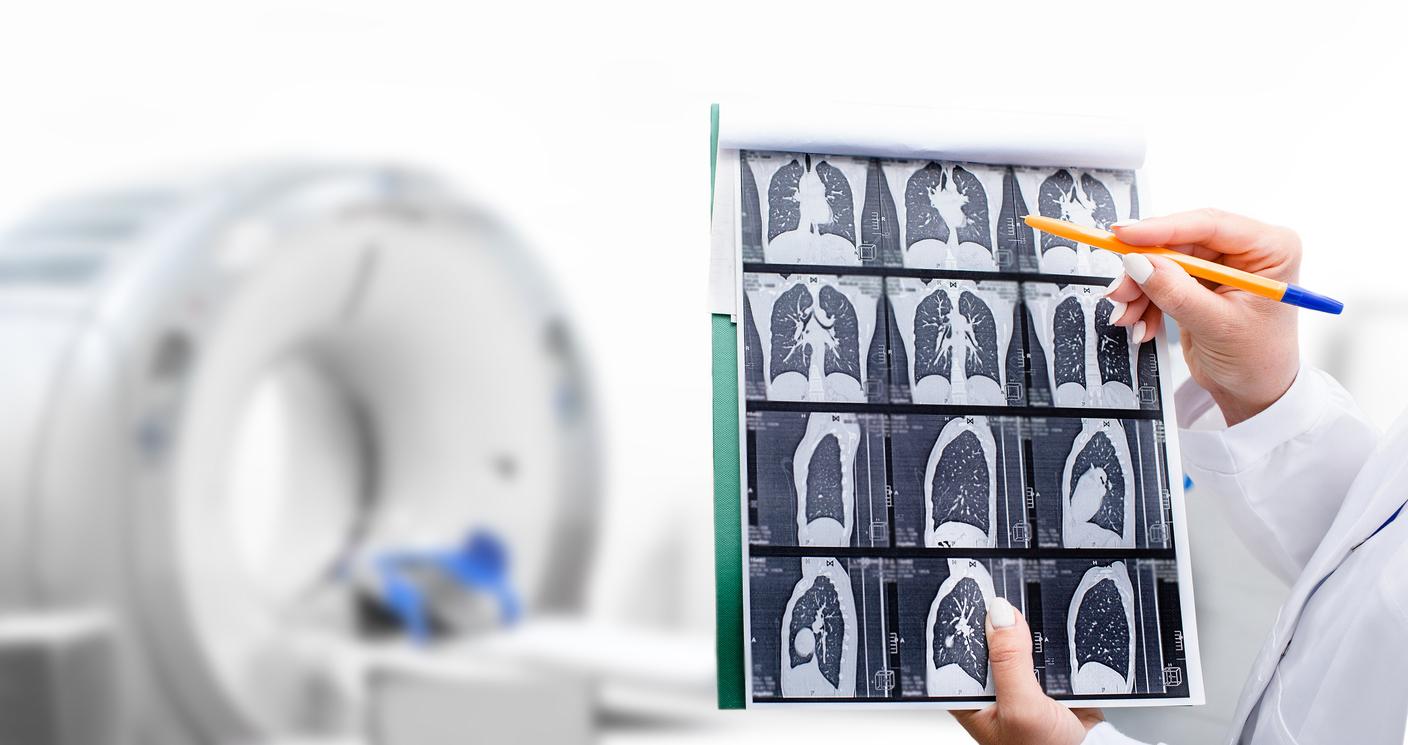Palpitations, shortness of breath during exercise, fatigue: what if these symptoms signaled atrial fibrillation? This dysfunction of the heart rhythm can have serious consequences, screening is recommended in the event of symptoms or from the age of 65.

- Atrial fibrillation is a heart rhythm dysfunction that can cause a stroke.
- Screening for this disease is recommended from the age of 65 or in the event of symptoms such as cardiac arrhythmia, shortness of breath during exercise or fatigue.
- A simple pulse check can identify an abnormal heart rhythm.
Even if you don’t have appointments, travel schedules or are simply obsessed with the passage of time, never hesitate to look at your watch: if it is connected and capable of recording your heart rate , it can save your life! “These digital tools are a revolution for heart rate monitoring, they make it possible to obtain very good quality tracings on which doctors can rely to make a diagnosis of a heart dysfunction”says Professor Philippe Mabo, cardiologist at Rennes University Hospital.
A risk of stroke linked to atrial fibrillation
And among these dysfunctions which can sometimes go unnoticed or be considered trivial, there are those linked to atrial fibrillation, a disease which is currently the subject of a week of action. It affects more than a million people in France and, if not diagnosed and treated, can lead to very serious health events, including stroke. Indeed, this disease which generates disturbances in the heart rhythm prevents the heart from evacuating the blood coming up from the venous system, blood which, by accumulating in the left atrium, can form clots which pass through the circulatory system. has serious consequences.
Systematic screening for atrial fibrillation recommended from age 67
It is important at any age, but particularly after 65, to monitor your heart rate regularly. “Especially if certain symptoms such as palpitations, the feeling of having your heart racing, shortness of breath during exercise or simply great fatigue appear, which can signal atrial fibrillation”explains Professor Philippe Mabo. “Today, and this is new, we consider that systematic screening for AF must be done in all patients over the age of 67, especially if they have risk factors such as high blood pressure or a diabetes”specifies the cardiologist.
Obviously, this monitoring is even more necessary for patients who have already experienced a complication of atrial fibrillation such as a stroke or who are in heart failure.
A normal heart rate is 50 to 80 beats per minute
Screening for AF, a gesture that can certainly save, but how? So there are these innovations, connected tools, which allow you to have visibility on your heart rate constantly and for as long as you want. But other methods exist and the simplest, accessible to everyone and at any time, is taking the pulse. But provided you know how to carry out this “self-examination”! “You must place a finger at the level of the wrist or the carotid artery and measure the rhythm of the heartbeat which must be 50 to 80 beats per minute outside of situations of effort or stress and above all be regular”, recalls Professor Philippe Mabo. A pulse that is too fast, irregular, speeds up and slows down, “beats wildly” warrants rapid consultation with a general practitioner or cardiologist.
The electrocardiogram can only diagnose AF when symptoms appear
The diagnosis of AF can, when heart rhythm abnormalities are identified, be made from an electrocardiogram. But be careful: this can only serve as a diagnostic tool if it is carried out at the time of an attack of atrial fibrillation, when the symptoms of rhythm disturbance are present. Hence the importance, if this disease is suspected, of having recourse to examinations allowing the analysis of the heart rhythm over a long period of time. “We then use a system which uses electrodes placed on the thorax and which are connected to a small box which fits in a pocket and which records variations in this rhythm for 48 or 72 hours, explains Professor Mabobut there is an even more precise method which allows for even longer visibility, which is based on implantable recorders which can monitor the heart rate for several weeks, even months or years, and who transmit the information to doctors who follow the patients thus equipped”.
“A simple gesture to avoid serious clinical events”
On the occasion of this week of action on atrial fibrillation, the European Society of Cardiology emphasizes the importance of carrying out an electrocardiogram in the event of symptoms that could indicate AF from the age of 65. A recommendation that Professor Philippe Mabo takes up, however introducing a nuance to calm the most anxious: “Screening for AF is important, but it should not become an obsession! The simple act of taking your pulse regularly is enough to prevent clinical events which can be serious.”
















